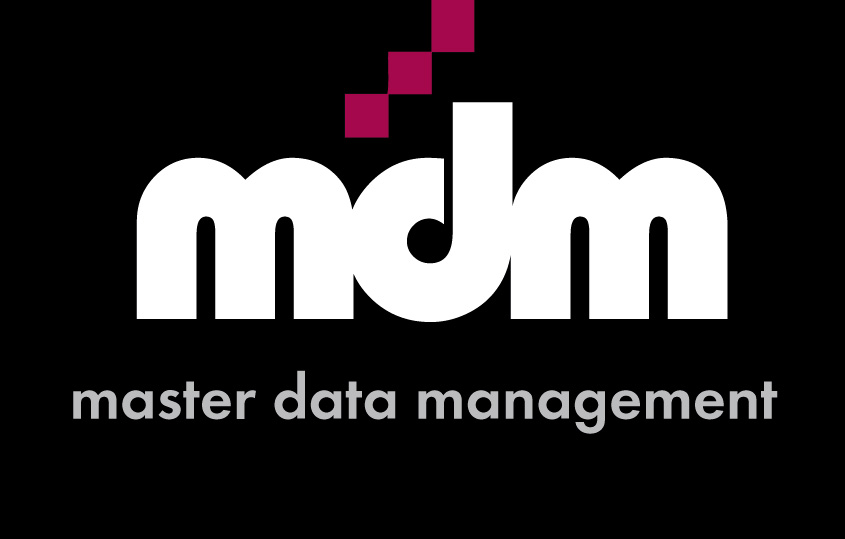In today’s digital age, businesses generate and handle massive amounts of data every day. This data is used to make informed decisions that drive growth, profitability, and customer satisfaction. However, managing this data can be a challenging task. Organizations need to ensure that their data is accurate, secure, and compliant with regulations. That’s where active data governance comes in. In this article, we’ll explore how active data governance supports DataOps, and why it’s crucial for modern businesses.
Introduction
In the world of modern business, data has become an indispensable resource. With the increasing reliance on data-driven decision-making, it’s imperative that companies have access to accurate, timely, and reliable data. DataOps, an emerging practice that focuses on improving the speed and quality of data analytics, is gaining popularity as organizations seek to maximize the value of their data.
But while DataOps may be a relatively new concept, its success depends on a well-established practice: Active Data Governance.
What is DataOps?
DataOps is a methodology that aims to improve collaboration and communication between data scientists, developers, and operations teams. It involves automating the end-to-end process of data collection, storage, processing, analysis, and delivery. DataOps also emphasizes continuous improvement and monitoring to ensure that data is always available and accurate.
DataOps is particularly useful in organizations where data is essential to business operations, such as financial institutions, healthcare providers, and e-commerce companies. By adopting DataOps, these organizations can accelerate their data delivery cycles, reduce errors, and improve data quality.
What is Active Data Governance?
Active data governance is a practice that ensures that data is managed in a way that aligns with business objectives and regulatory requirements. It involves defining policies, standards, and procedures for data management, as well as monitoring and enforcing them in real-time. Active data governance helps organizations maintain data quality, compliance, and security, while also improving collaboration and decision-making.
Active data governance is different from traditional data governance, which tends to be static and reactive. Traditional data governance focuses on creating policies and procedures that are enforced periodically, such as during data audits. Active data governance, on the other hand, is a continuous process that focuses on supporting people that work with data, identifies potential issues as they happen, and takes corrective action immediately.

The Benefits of Active Data Governance for DataOps
Active data governance can bring numerous benefits to DataOps. Here are some of the most significant advantages:
Improved Data Quality
Active data governance ensures that data is accurate, complete, and consistent when data is captured, rather than at some later point. It involves defining data quality rules, monitoring data quality in real time, and taking corrective action when issues arise. By ensuring that data is of high quality, organizations can make better decisions and avoid costly mistakes.
Increased Collaboration
Active data governance promotes collaboration between different teams within an organization. By defining clear roles and responsibilities, and sharing data across teams, organizations can reduce silos and improve communication. Active data governance also ensures that data is available to those who need it, which can improve teamwork and decision-making.
Greater Visibility
Active data governance provides greater visibility into how data is used across the organization. It involves monitoring data access and usage in real-time, which allows organizations to identify potential issues before they become significant problems. This can help organizations take proactive measures to address issues and ensure that data is being used appropriately.
Enhanced Security and Compliance
Active data governance helps organizations ensure that their data is secure and compliant with regulations. It involves defining policies and procedures that ensure data is protected from unauthorized access, breaches, and other security threats. It also helps organizations comply with regulations, such as PoPIA, GDPR, and SOX.
Implementing Active Data Governance in DataOps
Implementing active data governance in DataOps requires a well-defined strategy and a clear understanding of your organization’s data sources, policies, and procedures. Here are some steps you can take to implement active data governance in your DataOps process:
Define Your Governance Strategy
Before implementing active data governance, you need to define your governance strategy. This involves identifying your data sources, data policies, and data standards. You should also define roles and responsibilities for managing data, and establish a process for monitoring and enforcing data policies.
Identify Your Data Sources
Identifying your data sources is essential for implementing active data governance. You need to know where your data is coming from, how it’s being used, and who has access to it. This information will help you determine which data policies and standards are necessary to ensure that your data is accurate, secure, and compliant.
Develop Data Policies and Standards
Developing data policies and standards is a critical step in implementing active data governance. You need to define rules and guidelines for managing data, including how data should be collected, stored, processed, and shared. You should also define data quality rules and establish a process for continuously monitoring data quality.
Implement Data Governance Tools
To implement active data governance, you need to have the right tools in place. This includes data governance software, data quality tools, and data lineage tools. These tools will help you monitor data usage, identify potential issues, and take corrective action.
Train Your DataOps Team
Training your DataOps team is crucial for implementing active data governance successfully. Your team needs to understand the importance of data governance and how to implement data policies and standards effectively. You should also provide training on data quality, data security, and data compliance.
Conclusion
Active data governance is critical for supporting DataOps.
It ensures that data is managed in a way that aligns with business objectives and regulatory requirements, while also improving collaboration and decision-making. By implementing active data governance in your DataOps process, you can improve data quality, increase collaboration, enhance visibility, and ensure compliance with regulations.
Dinosaur Photo by Brett Sayles on Pexels

Leave a comment